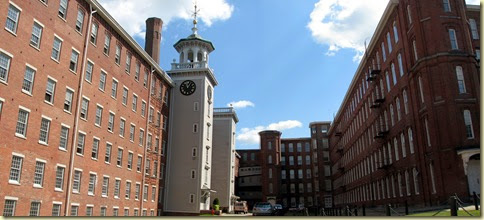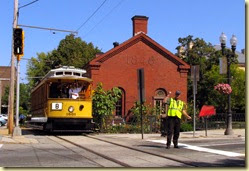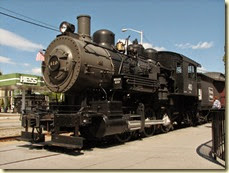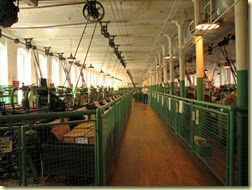
The textile manufacturing town of Lowell, founded in 1821, was a planned community with green spaces and clean dormitories designed to attract young, single, rural women who made up the workforce. Compared to mill towns in England Lowell was a good place to live with fair working conditions, free cultural events and classes for the women to attend on their days off. But as early as the 1830s competition from new mills resulted in lower wages and an increasing workload. Discontentment lead to strikes and the recruitment of foreign workers who hesitated to complain as conditions deteriorated. By 1850 Lowell was America's largest industrial center. Although much of the textile industry moved to the south in the early 1900s the Boott Mills and the Merrimack Manufacturing Company continued operating into the 1950s.

The park consists of a visitor center, Botts Cotton Mill Museum, Mill Girls and Immigrants Exhibit, Suffolk Mill Turbine Exhibit and a walking tour along the canals that supplied water to power the mills. Free trolley tours are offered. Boat tours along the canals are also available.


The visitor center, the cotton mill and first floor of the turbine exhibit are accessible. To see the mill girls exhibit enter the building from French Street and look for the wheelchair signs. A portion of the walking tour is accessible, starting at the visitor center and traveling clockwise. The section after the Botts mill has steps and other obstacles so it’s easier to return to the visitor center along the sidewalks which have new curb cuts and are in good condition. The trolley and the canal boats are not wheelchair accessible.


The visitor center has a RV only parking lot which is large enough for any RV. The other areas of the park are easy to get to by walking or taking the trolley. Park
42.64304, -71.3144


No comments:
Post a Comment